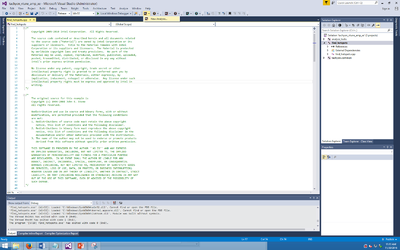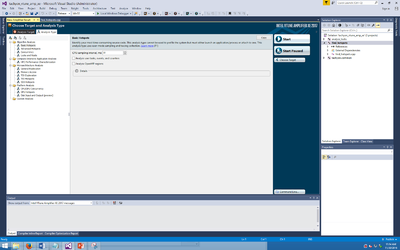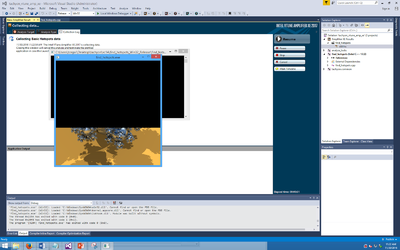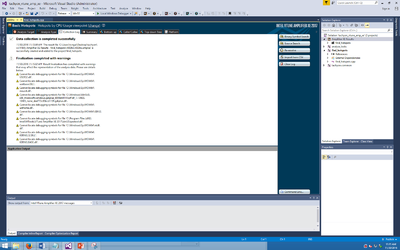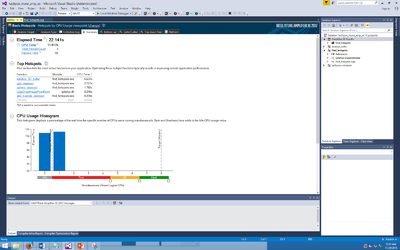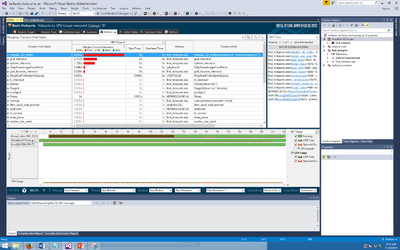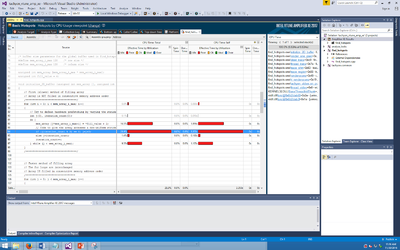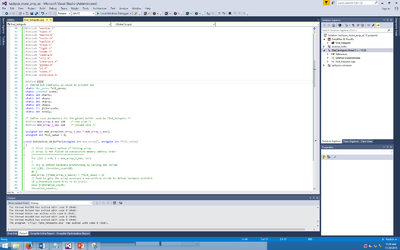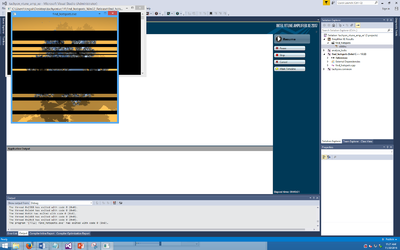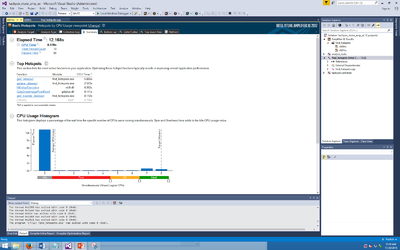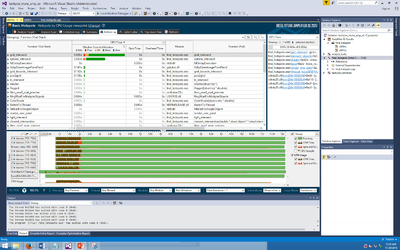Difference between revisions of "GPU621 Team 1"
(→VTune Tutorial 1: Finding HotSpot) |
(→VTune Tutorial 1: Finding HotSpot) |
||
| Line 21: | Line 21: | ||
[[File:Tim Hotspt 2.png|400px]] | [[File:Tim Hotspt 2.png|400px]] | ||
| + | |||
This should be the next page you will get. You begin to choose different type of Analysis here. We are going do a Basic Hotpots Analysis.Then click start to start the Analysis. | This should be the next page you will get. You begin to choose different type of Analysis here. We are going do a Basic Hotpots Analysis.Then click start to start the Analysis. | ||
<br /> | <br /> | ||
[[File:Tim Hotspt 3.png|400px]] | [[File:Tim Hotspt 3.png|400px]] | ||
| + | |||
The program should run itself after you begin. It will take a while. | The program should run itself after you begin. It will take a while. | ||
<br /> | <br /> | ||
Revision as of 16:41, 30 November 2016
Contents
What is VTune Amplifier?
Where can you get it?
Getting Started
VTune Tutorial 1: Finding HotSpot
This example program will be downloaded when you install VTune Amplifier. Following is the directory that contain the sample code from Intel.
[Program Files]\IntelSWTools\VTune Amplifier XE <version>\sample
Open the project using Visual Studio. Then you can run the the VTune Amplifier and click new Analysis. (You need to download Vtune Amplifier to have that tab on Visual Studio)
This should be the next page you will get. You begin to choose different type of Analysis here. We are going do a Basic Hotpots Analysis.Then click start to start the Analysis.
The program should run itself after you begin. It will take a while.
